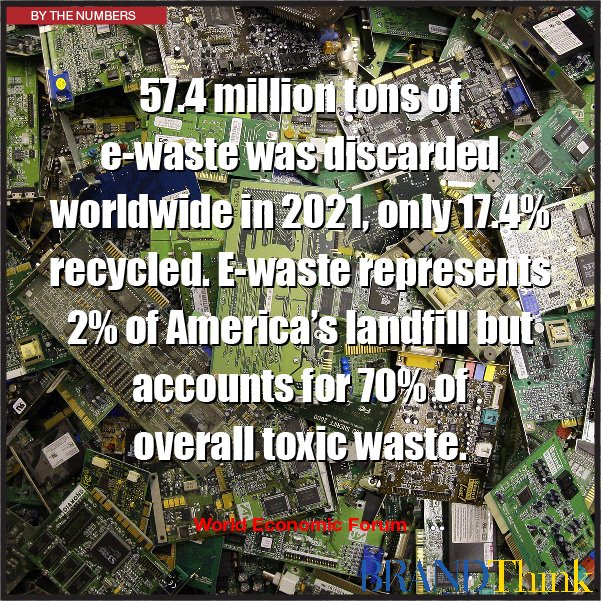Has the metaverse lost its shine?
For Meta, the metaverse has been a veritable money pit. The Meta Reality Lab, MRL, reported losses of $13.7 billion and $10.2 billion in 2022 and 2021, respectively. Pundits call their dive head-first into the metaverse “an ill-timed passion project” and their rebranding a vanity project. Meta lost 70% of its value in 2022, one of the worst performers in the S&P 500.
Glad Facebook rebranded to Meta so they could focus on AI… For the moment, the metaverse is not so shiny, with investment shifting into AI at the “metaverse company.” The shiny new object is the Generative AI, and as Zuck made clear in Meta’s fourth-quarter earnings call, it is the new priority.
This shift in focus mirrors global funding. AI is the new darling. Through March 16 of last year, companies that played in the metaverse or web3 space had raised nearly $2B in funding. So far this year, metaverse and web3 companies have raised $586.7M. When you look at fundraising for generative AI companies, they’ve inverted: Through March 16, 2022, that space saw $612.8M in funding. This year, it’s up to $2.3B. A complete reversal in investment priority.
With so many resources now focused on AI, the company is positioning itself to become even more of a leader in the space. And if Zuckerberg wants to increase the focus on generative AI, he has the resources to do it.
And while on the back burner, the metaverse is not dead. There are many use cases where AI can and will impact Meta’s platforms and solutions, and eventually both VR and AR. In the words of Zuck, “Our leading work building the metaverse and shaping the next generation of computing platforms also remains central to defining the future of social connection.”
So we’ll see. From a branding perspective, there are arguments for and against the decision to rebrand to Meta. Chasing shiny objects without long-term balance and perspective sometimes invites dubious decisions.
How will this shake out? What do you think?




















